Invasive species threaten America’s water habitats with severe and long-lasting damage. Ames uses the following processes to work in harmony with nature and prevent the spread of invasive species.
All equipment placed in any Waters of the U.S. (WOTUS) shall be free of prohibited and regulated aquatic invasive species and unlisted non-native species (any species not native to the State of work).
1. Project plans or documents should identify the waters being entered as part of work activities or located in close proximity of work activities as being infected with Aquatic Invasive Species (AIS), non-native species, or other water disease.
2. Prior to transportation along roads into or out of any worksite, or between water bodies within a project area, all equipment must be free of any aquatic plants, animals, water, and prohibited invasive species.
A. Drain all water from equipment where water may be trapped, such as tanks, pumps, hoses, silt curtains, and water-retaining components of boats/barges.
B. Remove all visible aquatic remnants (plants, seeds, and animals). Removal of mud and soil is also a best practice.
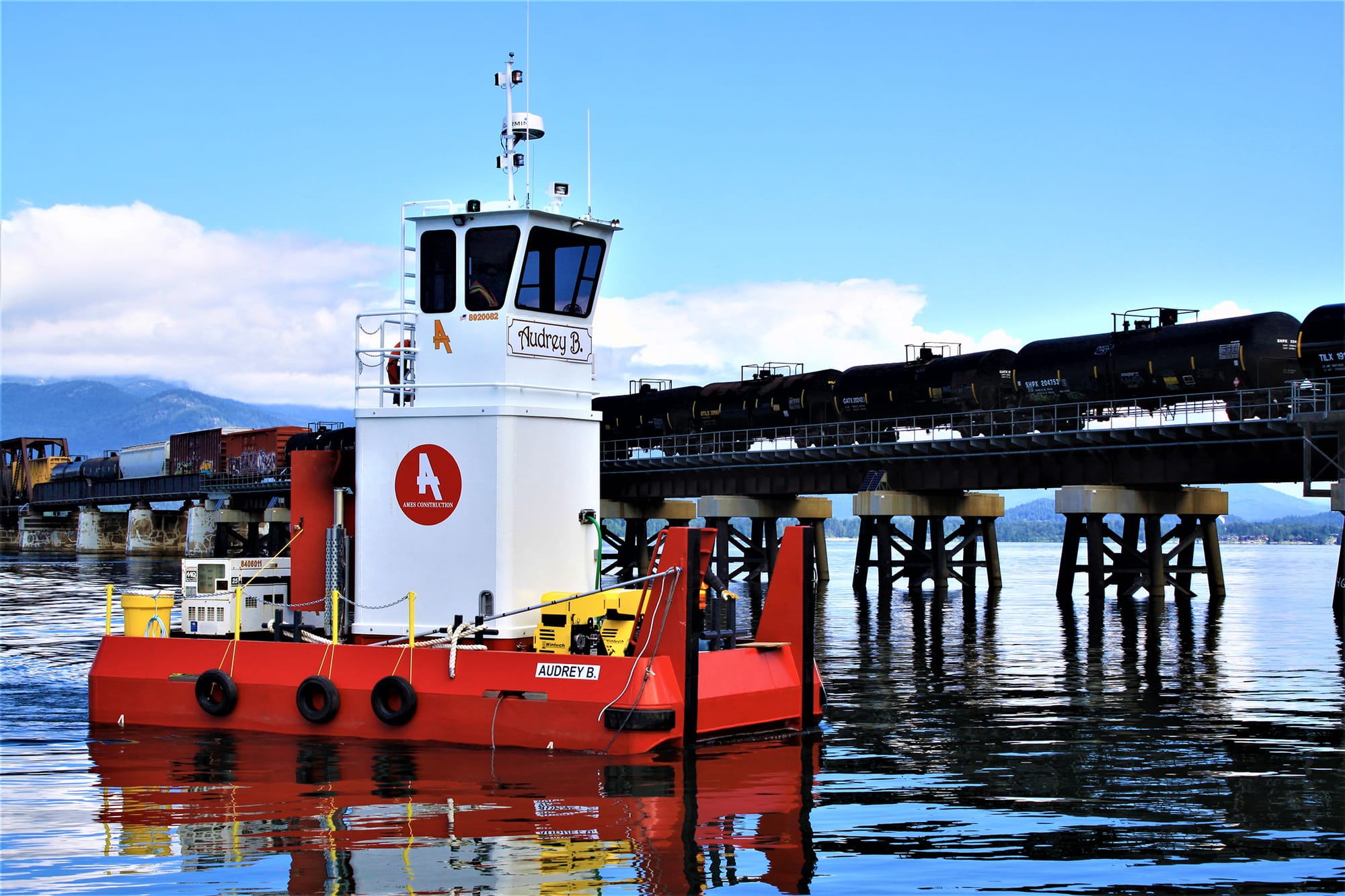
3. Prior to placing equipment into any waters, all equipment must be free of aquatic plants and non-native animals.
4. The following procedures are to be followed if a specific state requirement/law is not present.
A. Drain all water from equipment.
B. Position the equipment to expose the most surface area.
C. Scrape or brush off all accessible areas.
D. Power-wash to remove non-visible material (high temperature preferable) at 3,000 psi.
E. Kill specific Prohibited Aquatic Invasive Species in non-accessible areas using one or more of the following techniques:
- Hot water for zebra mussels, quagga mussels, New Zealand mudsnails, faucet snails
- Air dry for spiny waterfleas (2 days), New Zealand mudsnails (7 days), zebra and quagga mussels, faucet snails (21 days)
- Freezing temperatures for zebra mussels—below 32°F for 2 days
Ensure all tools that came in contact with the equipment are decontaminated and have all invasive and non-native species removed.
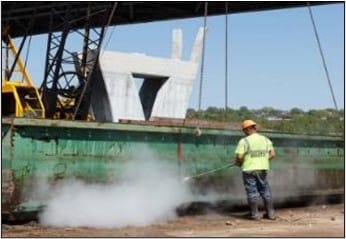
5. If you are not dealing with a specific noted Prohibited Aquatic Invasive Species, use one of the following decontamination methods:
A. Hot water (minimum 140°F) for 10 seconds, or steam (212°F); OR
B. Dry thoroughly for 5 days after cleaning with high pressure water; OR
C. In cold weather (below 32°F), tugs, barges, and boats must be out of the water for 48 hours; OR
D. Disinfect with 200 ppm chloride for 10-minute contact time/1:100 solution Virkon Aquatic for 20 to 30 minutes.
E. Lawfully dispose of all materials that came off equipment at least 400 feet from Waters of the U.S.

TYPICAL AQUATIC INVASIVE SPECIES
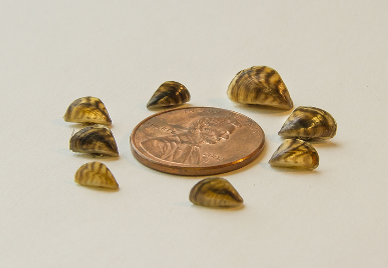
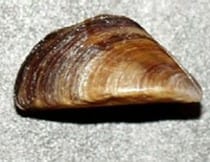
Zebra Mussels

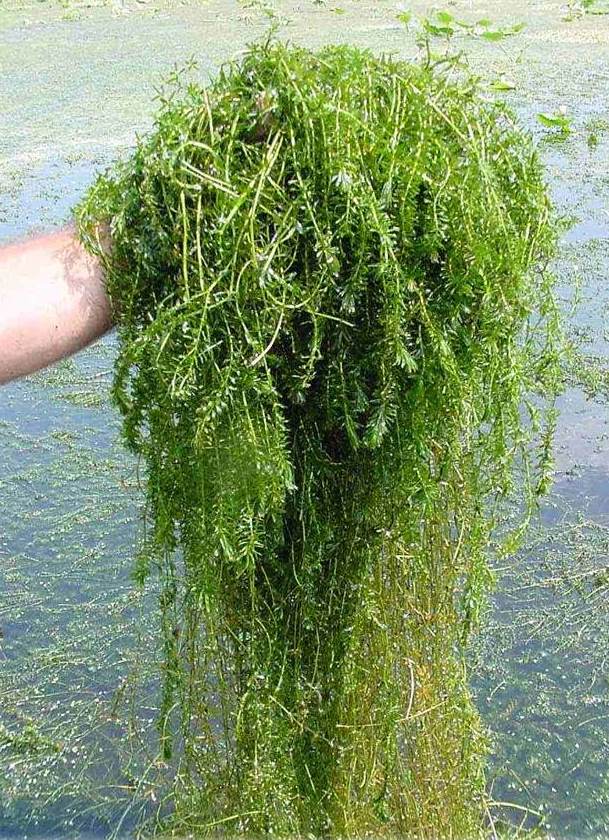
Hydrilla
Other Aquatic Invasive Species
Bighead Carp
Black Carp
Bloody Red Shrimp
Common Carp
Grass Carp
New Zealand Mud Snail
Red Swamp Crayfish
Round Goby
Rudd
Ruffe
Non-Native Phragmites
Sea Lamprey
Silver Carp
Spiny Waterflea
Rusty Crayfish
Quagga Mussel
Brazilian Elodea
Euraisan Watermilfoil
Starry Stonewort
Faucet Snail
